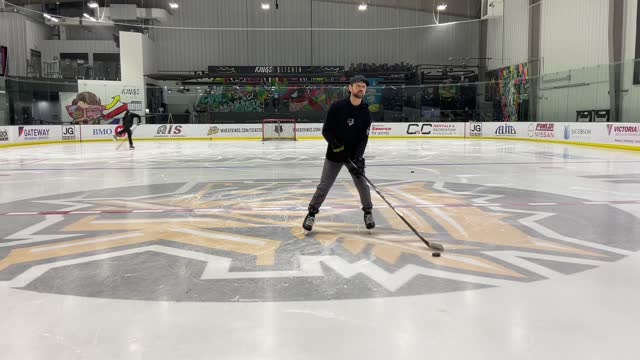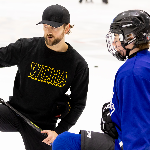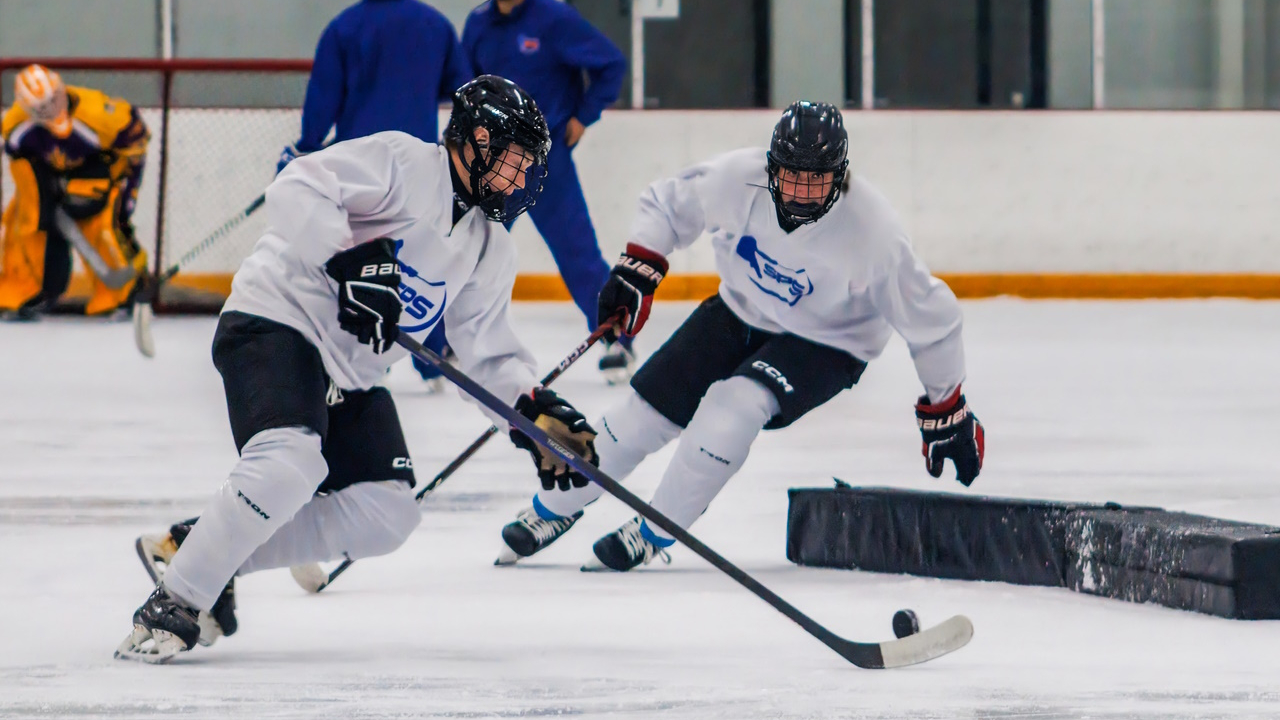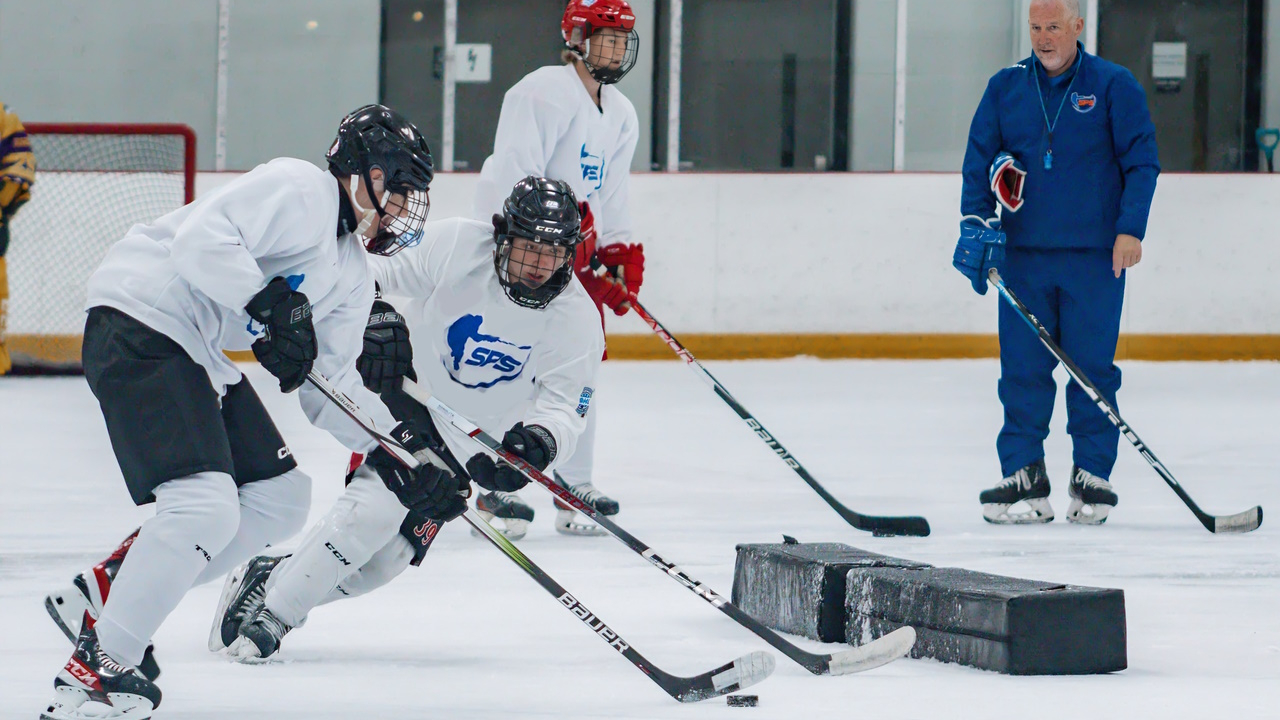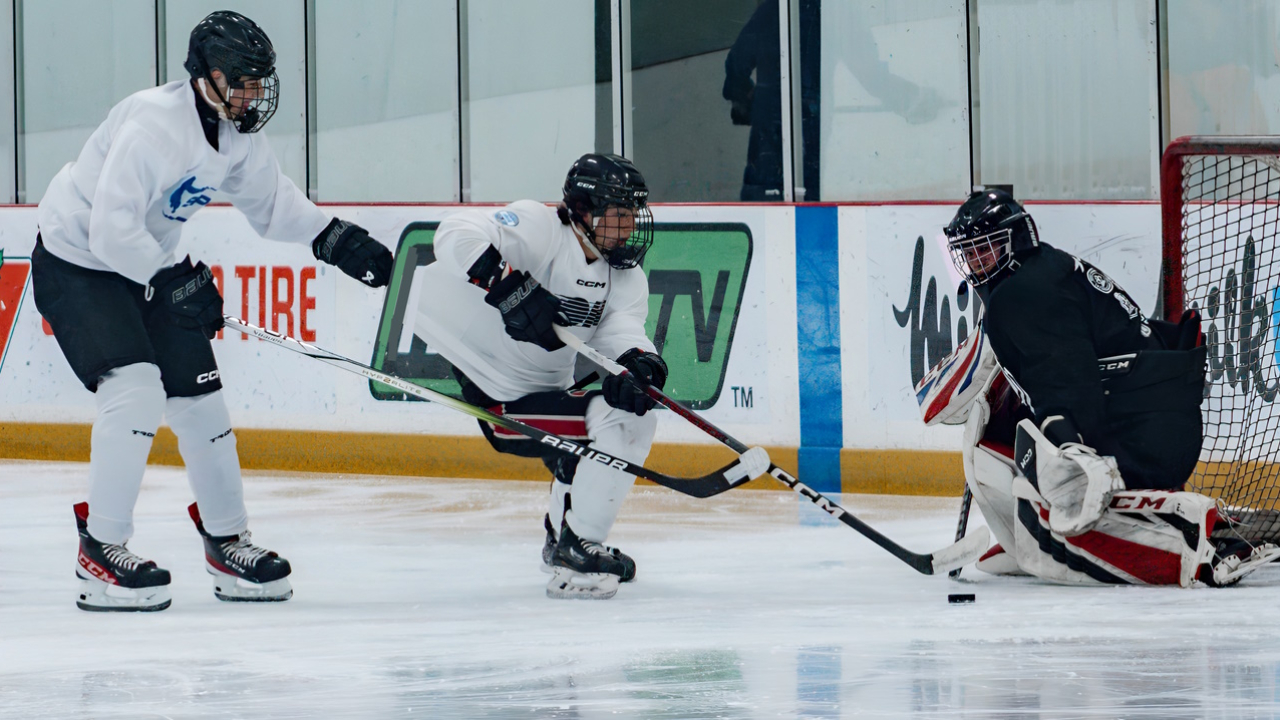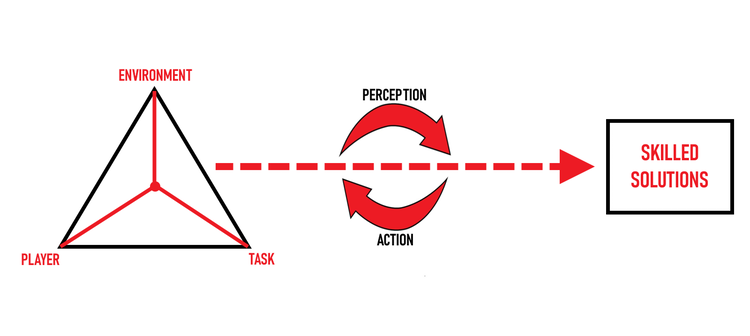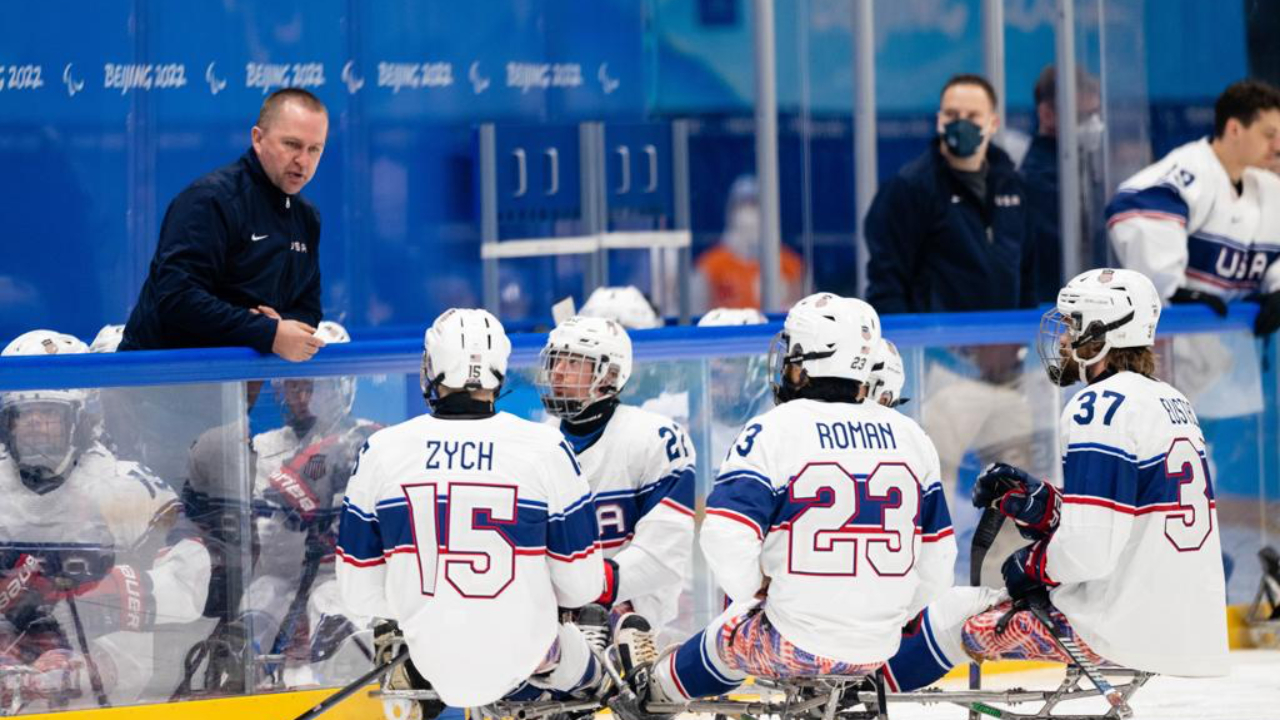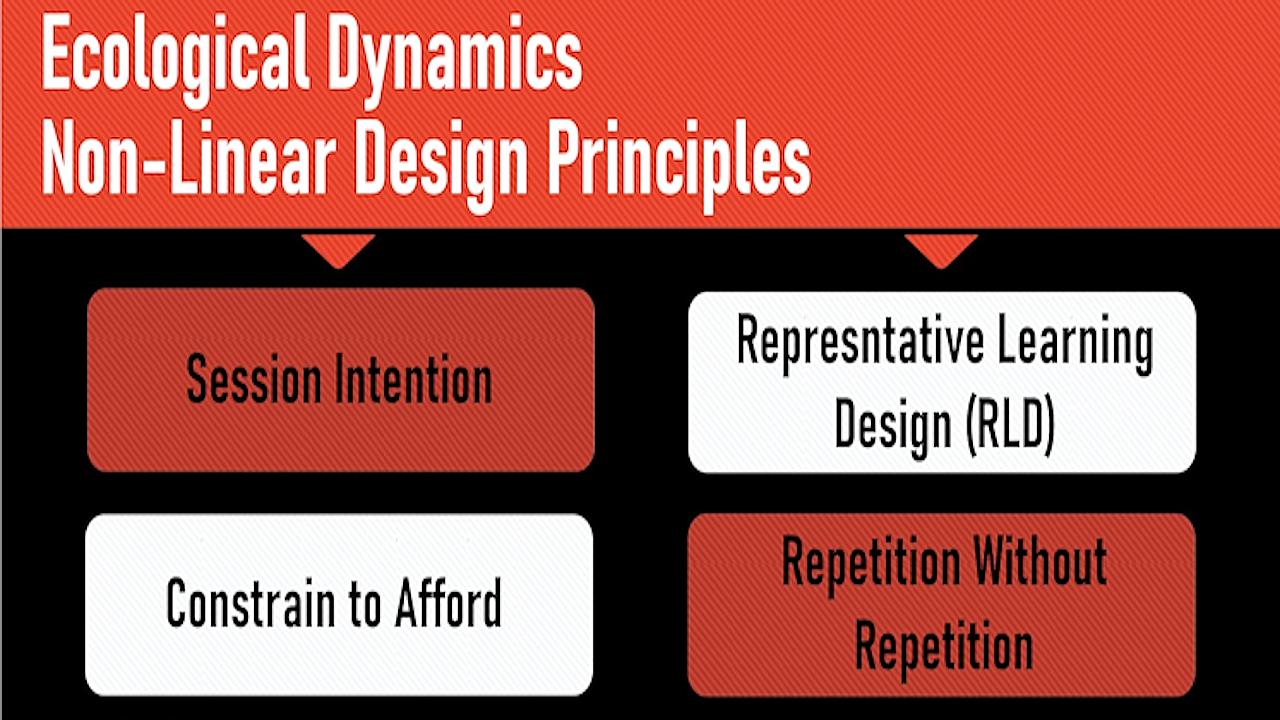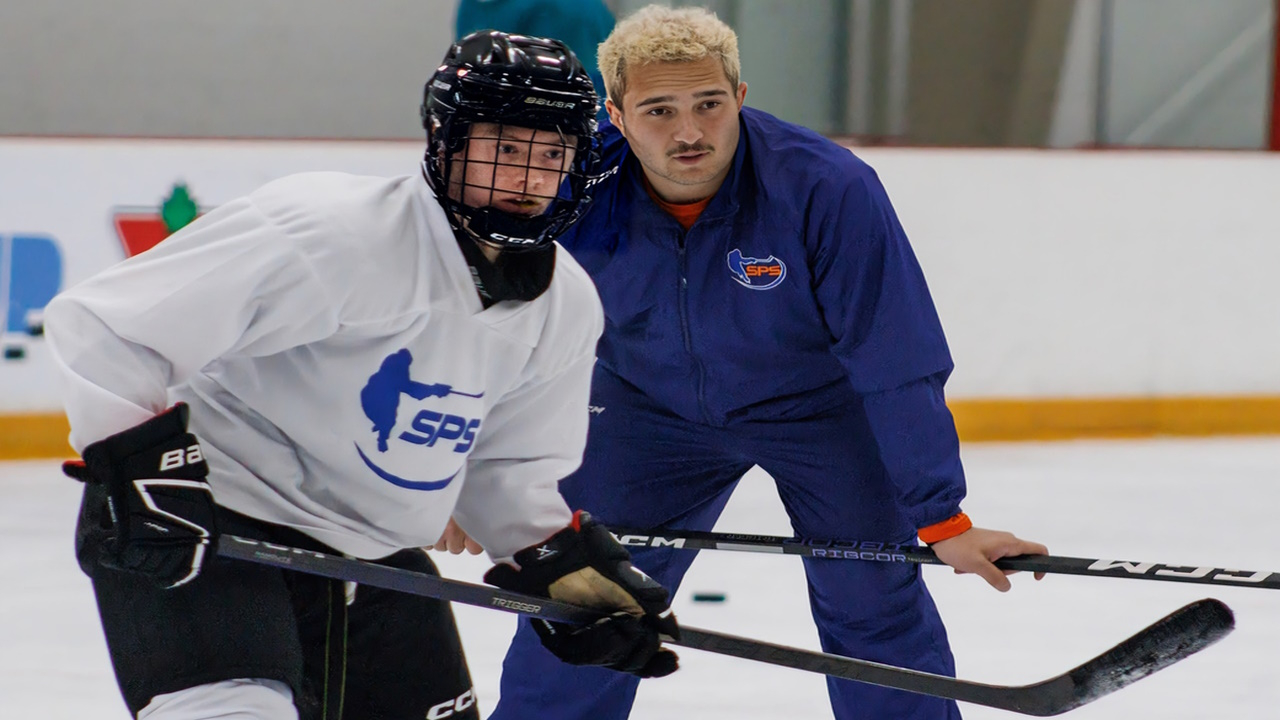
Session Intention
Behind every session we design and deliver, and every drill or activity we implement, there must exist a clearly defined intention, irrespective of the development model we use. This intention is the “why” behind what we design and deliver, the purpose. But intention does not only impact coaches. It has great impact on players as well.
When following an Ecological Dynamics approach, coaches must remain aware of the impact the environment has on skill acquisition and learning for players. Is it representative of the game? Does it allow for perception-action coupling? Are constraints designed in? Is there repetition without repetition? There are many considerations, and we will uncover these in this series, but suffice it to say that when using this approach coaches need to become effective “architects of the environment.” And that architecture begins with session intention.
In general, without a session intention a coach should not proceed with designing and delivering the session. It really is that important. Session intention forms the basis of the following within the design phase:
· It establishes the content of the session. Without a well-defined intention how do we know what content to design into the session? How do we know we are creating the correct practice activities to target learning? The simple question: “What do we want to achieve?” (i.e. the session intention) drives session content.
· It establishes the key teaching and/or learning points for the session. Not until we know what we want to achieve in the session can we establish the key teaching points that will help us achieve our intended outcome(s). Keep in mind that the session intention may not be learning based, it could be performance based. Regardless, intention must align with the needs of the players, not with the needs of the coaches.
· It helps establish the feedback and questioning that will be used in the delivery of the session and facilitation of learning. A well-defined intention allows the coach to plan for feedback loops and questioning prior to delivery.
During session delivery intention impacts the following:
· It serves as a constraint for players. The intention of the session will provide affordances or opportunities to act for players. For example, if the session intention is the development of shooting in stride, then it provides an open invitation to act and take shots in stride at every opportunity during the session.
· It influences the manipulation of constraints by the coach during the session. As a means of achieving the session intention, coaches will manipulate constraints within session activities. The session intention serves as a guide for the coach. (More to come on constraints and the Constraints Led Approach in Part 3).
· Intention impacts the interactions between the player and the environment. Knowing the session intention will shape perception and perception results in action. Therefore, the coupling of a players perceptions and actions can be impacted by the session intention.
· It fosters in-session and post-session evaluation of players. The intention of the session is the sole basis for coaches to evaluate players within and after the session.
As an Environment Design Principle, session intention does not directly address any of the three core principles of Ecological Dynamics, but it serves as a critical requirement. As we have already clarified, in an Ecological Dynamics model the environment is key in learning and skill acquisition, and we have now seen that session intention is key in designing and delivering practice environments. It stands to reason that if you adopt an Ecological Dynamics approach then session intention will be of great importance.
Part 4 - Representative Learning Design
Part 5 - Repetition Without Repetition
References
- Renshaw, I., Davids, K., Newcombe, D., Roberts, W. (2019). The Constraints Led Approach: Principles for Sports Coaching and Practice Design. London: Routledge
- Gray, R. (2021). How we Learn to Move: A Revolution in the Way we Coach and Practice Sports Skills. United States: Perception Action Consulting & Education LLC
- Gray, R. (2022). Learning to Optimize Movement: Harnessing the Power of the Athlete-Environment Relationship. United States: Perception Action Consulting & Education LLC
- Chow, J.Y., Davids, K., Button, C., Renshaw, I. (2016). Non-Linear Pedagogy in Skill Acquisition: An Introduction. London: Routledge
- Attri, R.K. (2018). The Models of Skill Acquisition and Expertise Development. Singapore: Speed to Proficiency Research
- Nash, C. (2022). Practical Sports Coaching 2nd Edition. London: Routledge
- Button, C., Seifert, L., Chow, J.Y., Araujo, D., Davids, K. (2020). Dynamics of Skill Acquisition: An Ecological Approach.

